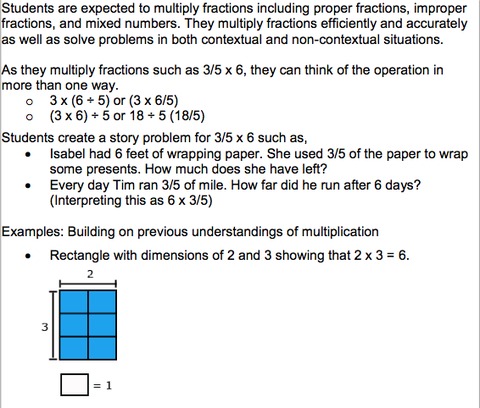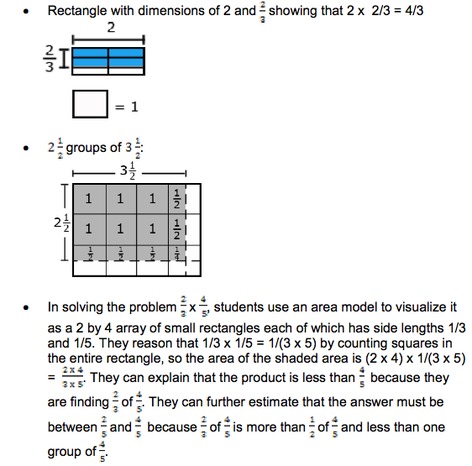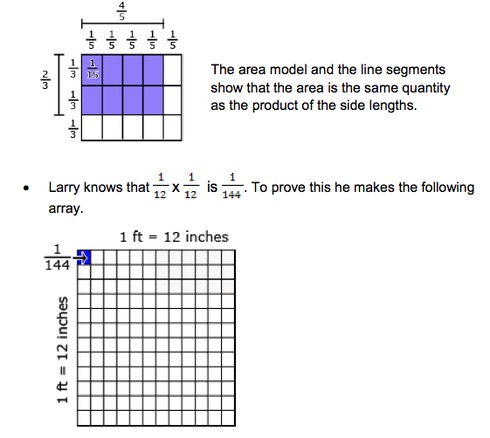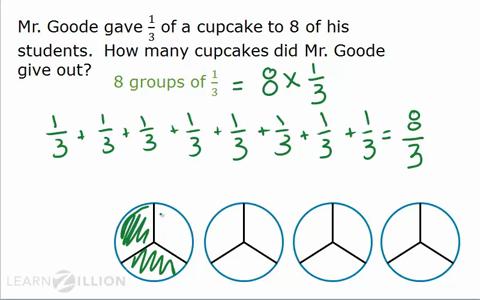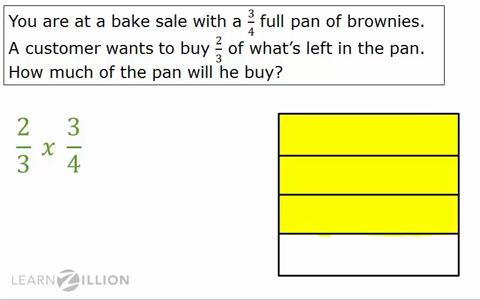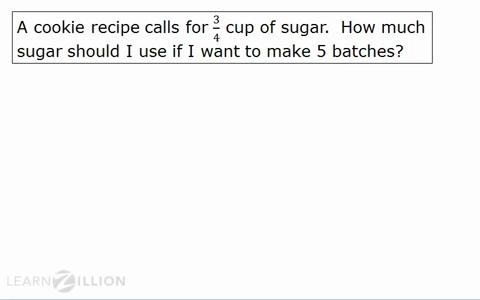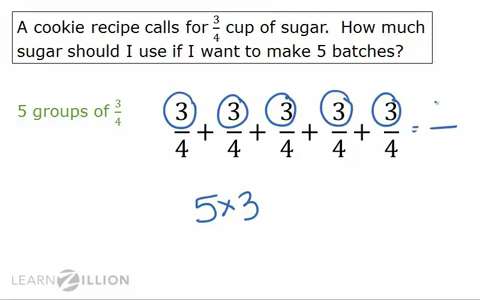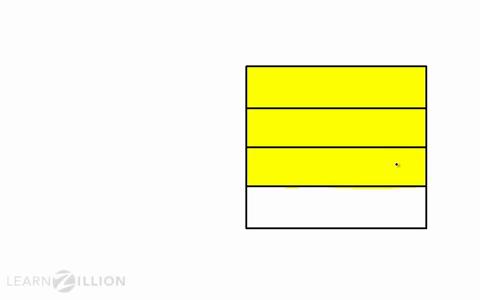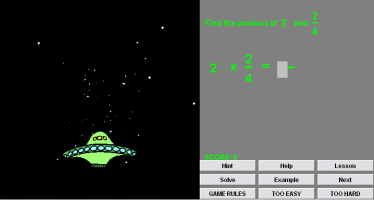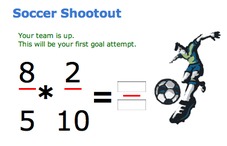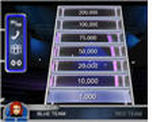Multiply Fractions
I can multiply a fraction or whole number by a fraction. 5.NF.4
5th graders are expected to apply and extend previous understandings of multiplication to multiply a fraction or whole number by a fraction.
a. Interpret the product (a/b) x q as a parts of a partition of q into b equal parts; equivalently, as the result of a sequence of operations a x q ÷ b.
For example, use a visual fraction model to show (2/3) x 4 = 8/3, and create a story context for this equation. Do the same with (2/3) x (4/5) = 8/15.
(In general, (a/b) x (c/d) = ac/bd.)
b. Find the area of a rectangle with fractional side lengths by tiling it with unit squares of the appropriate unit fraction side lengths, and show that the
area is the same as would be found by multiplying the side lengths. Multiply fractional side lengths to find areas of rectangles, and represent
fraction products as rectangular areas.
5th graders are expected to apply and extend previous understandings of multiplication to multiply a fraction or whole number by a fraction.
a. Interpret the product (a/b) x q as a parts of a partition of q into b equal parts; equivalently, as the result of a sequence of operations a x q ÷ b.
For example, use a visual fraction model to show (2/3) x 4 = 8/3, and create a story context for this equation. Do the same with (2/3) x (4/5) = 8/15.
(In general, (a/b) x (c/d) = ac/bd.)
b. Find the area of a rectangle with fractional side lengths by tiling it with unit squares of the appropriate unit fraction side lengths, and show that the
area is the same as would be found by multiplying the side lengths. Multiply fractional side lengths to find areas of rectangles, and represent
fraction products as rectangular areas.
